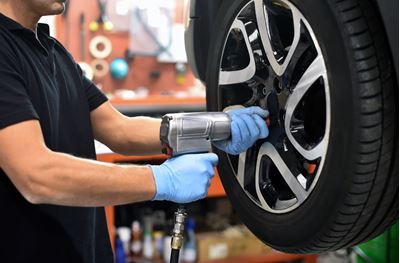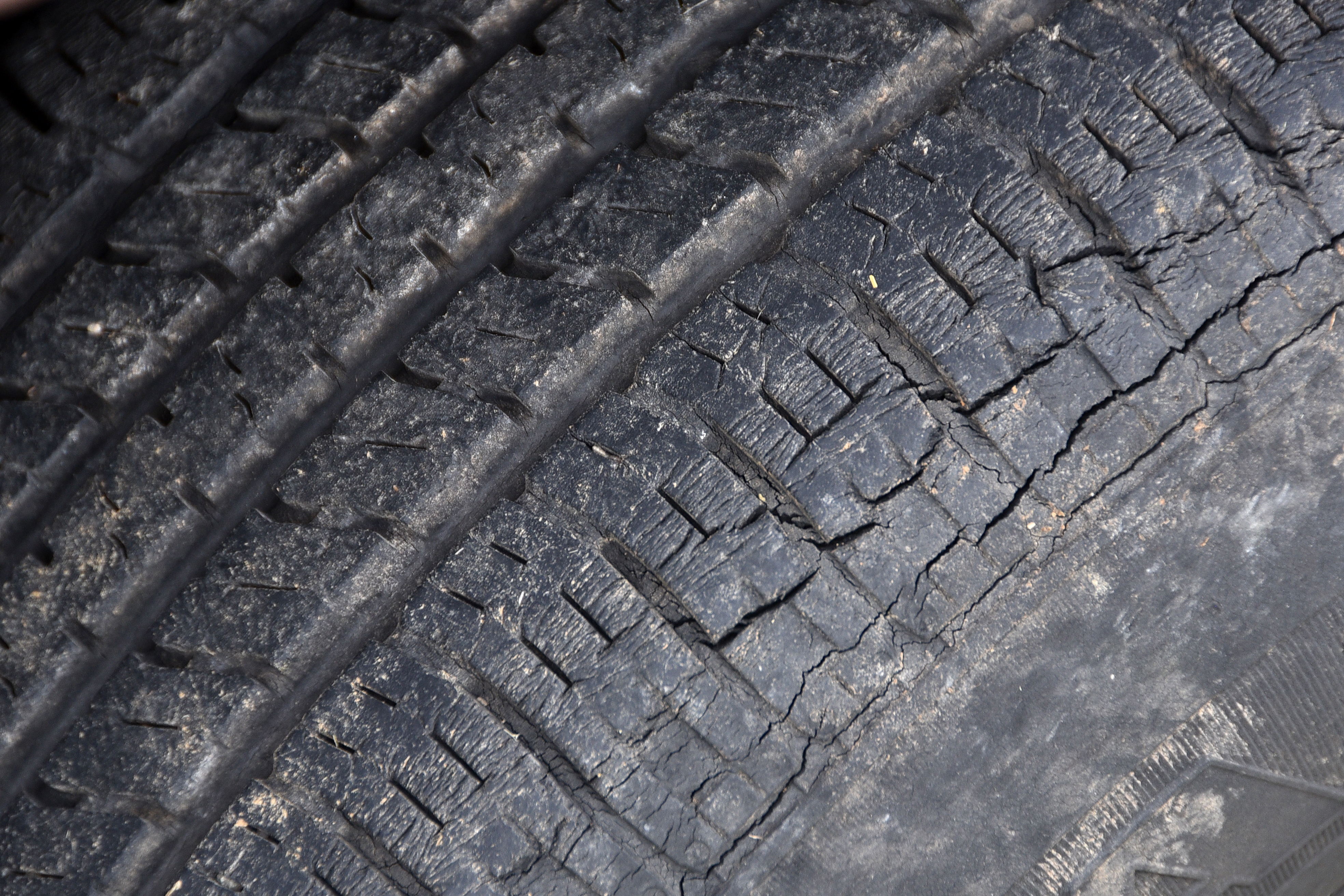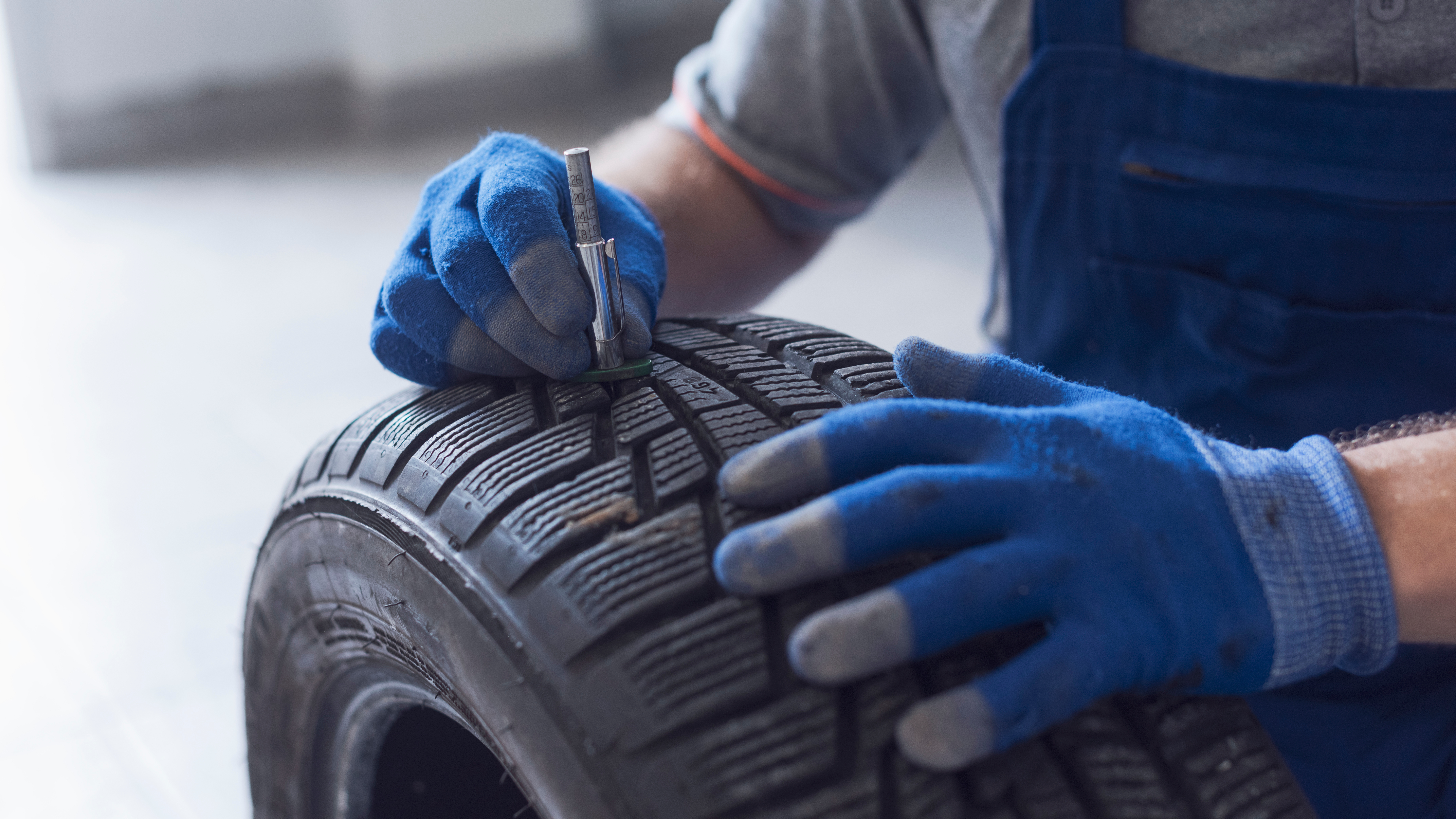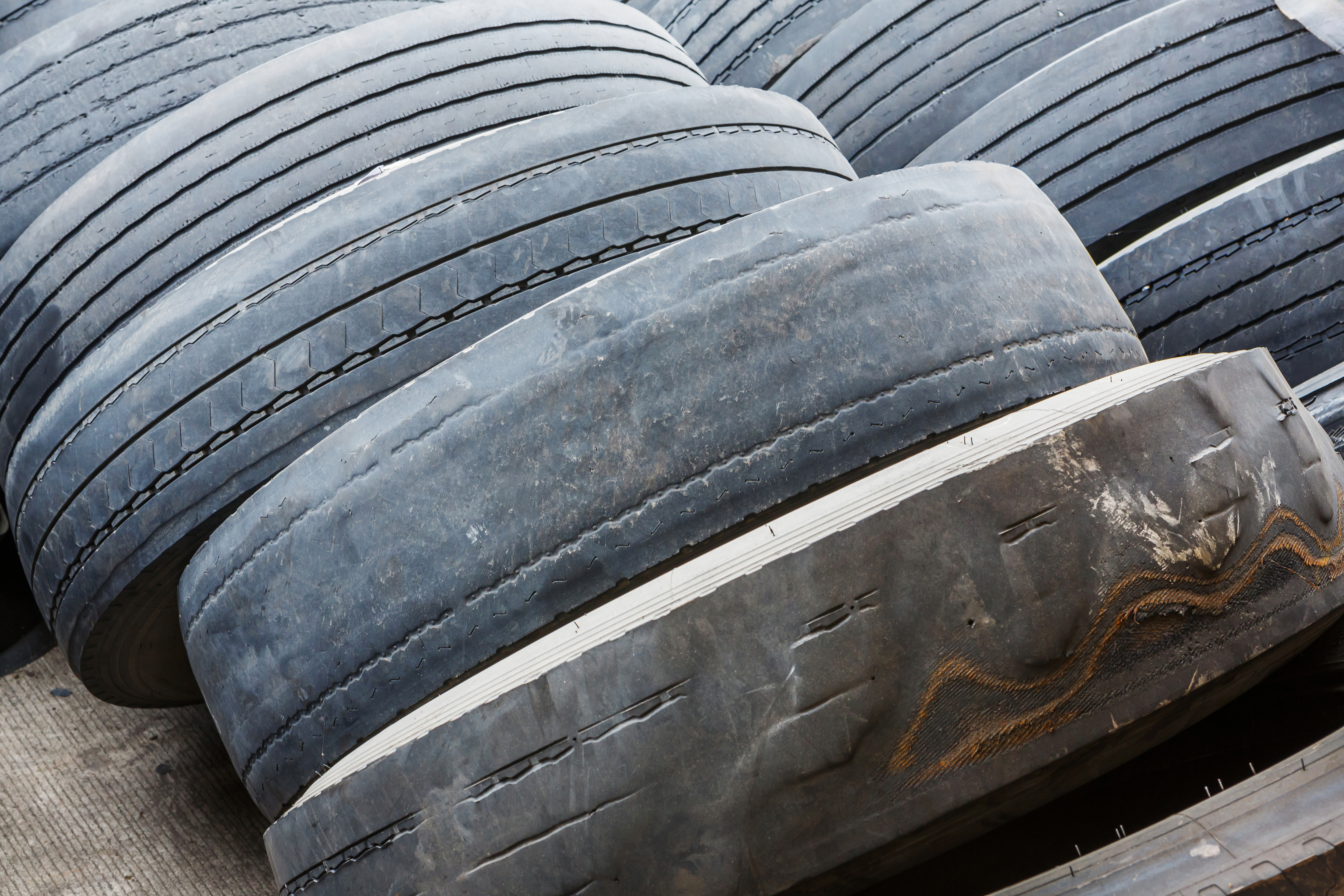Changing your zip code will clear your Pre-Approval.
Zip / postal code is required.
How Often Should Tires Be Replaced?

A vast majority of American households have access to a car. In 2020, there were a total of 286.9 million registered vehicles in the United States.
Since each vehicle requires between two and four tires to function properly, there are a lot of tires sold each year. According to industry experts, nearly 318 million new tires are sold annually in the United States.
Having a flat tire will obviously mean that you need to buy a new one. There are a few warning signs that it’s time for new tires, but you should get in the tire replacement habit before they appear.
When Should You Replace Your Tires?
A lot of people delay putting off buying new tires until they have no other choice. They will run their tires until one of them gets a puncture or blows out. The worn tires will be replaced and the cycle will repeat itself. While this is a common way of life for most people, it’s not exactly a good idea.
Instead, you should be replacing your front tires or back tires at the same time, and at a pretty regular pace. The general rule of thumb that you’ll hear from vehicle manufacturers is to replace your vehicle’s tires after six years at the most. However, there are a few aspects at play that will determine if you should replace them sooner. Depending on a few factors, you might need to change your tires every three to five years instead.
These are the factors that will determine how quickly your tires get worn down.
Tread Depth and Tread Wear
The tread on your tires is extremely important as it helps to grip the road as your drive and is one way to know how to tell if your tires need to be replaced. How much tread depth can affect your ability to handle your car. If your tire tread wears down enough, then your car will lose traction and take a longer time to brake. These conditions are especially an issue in wet weather as the chances of hydroplaning will dramatically increase with wet tires and wet roads.
The tire tread will typically start to wear down after three to four years of average use. If you are putting 12,000 to 15,000 of mileage on your tires every year, you’ll probably need to replace them after a few years — regardless of tire tread depth and tire age.

Age
It might sound a little strange, but tires have an expiration date. You should immediately replace any car tire that reaches 10 years old, even if you’ve never used it before and there is a ton of tread left.
Tires contain certain anti-aging properties called antiozonants that will help keep the rubber soft, flexible, and allow it to grip. These antiozonant compounds slowly deteriorate over time. Whenever that happens, the odds of experiencing dry rot will greatly increase. Tires with dry rot are more susceptible to tread separation and blowouts.
Mileage
Every tire is different and comes with its own specific lifespan. In general, most manufacturers design tires to last for somewhere between 25,000 and 50,000 miles. However, there are a few tires that offer a lifespan of upwards of 75,000 miles. The tire manufacturer of your specific type of tire — or the dealership where you purchased your tires — should provide information about the recommended mileage limits, as well as info about a warranty if you have one.
Pressure
Tire pressure is one of the most often overlooked aspects of vehicles. Although it’s easy to forget, maintaining the proper pounds per square inch (PSI) in your tires is very important. Overinflating or underinflating your tires is dangerous and both of them can cause tire wear much faster.
Too much air pressure will make your tire uneven and can increase the odds of a blowout, leaving you reaching for that spare tire. Underinflation will prevent your tire from maintaining its proper shape and cause it to bend and bulge more as it rolls. This will cause the temperature of your tire to rise, the traction of your tires to increase, and even lower your overall gas mileage.
Driving Style
The American Automobile Association (AAA) estimates that nearly 87% of Americans routinely engage in unsafe behaviors while driving. Poor behavior when driving isn’t just reckless and illegal, it’s very damaging to your tires. Driving at high speeds, hard acceleration, carrying heavy loads, and aggressively hitting speed bumps or potholes can quickly wear out your tires.
Location
Where you live can change your life in countless ways. Even something as the lifespan of your tires can be impacted by the place you call home. The terrain in your area can help erode your tread faster. Lower temperatures can result in low tire pressure that leads to under inflations, flats, and unsafe driving conditions.
Higher temperatures can cause the pavement to get hot and increase the amount of friction in your tires. That’s why some people have season tires — usually summer tires and winter tires — and a tire rotation routine based on the weather and road conditions.
Vehicle
The vehicle that you drive can substantially speed up how often you buy new tires. Heavier all-wheel-drive vehicles such as SUVs and trucks will place a lot more weight on tires than a coupe or sedan. It’s extremely important that your vehicle is outfitted with the appropriate tires as per the specifications of the vehicle.
Otherwise, the increased pressure on your tires can cause them to wear down much faster or result in blowouts. Keep this in mind during the tire-buying process or when you get a new car.
How Can You Extend the Life of Your Tires?
There is no getting around the fact that you’ll need to buy new tires every few years. However, you can help your tires to last by following proper maintenance techniques.
These are a few tips for how you can prolong the life of your tires:
-
Check your tire pressure at least once a month. Make sure that each tire has the appropriate amount of pressure according to your owner’s manual.
-
Rotate your tires after every 5,000 miles. The tires on the front of your car tend to wear more on the edges and the tires on the rear wear more in the middle. The tread on all of your tires will wear down more evenly by rotating them.
-
Perform the penny test to check your tread. The tread on your tires will gradually wear down over time. As your tires become balder, the remaining tread will be worn down faster. You should perform the penny test whenever you check your tire pressure. Insert a quarter headfirst into the tread of your tire. If you can see the entirety of Lincoln’s head then the tread is too low.
-
Have your balance and alignment inspected annually. The alignment and balance of your tires must be within specifications or else the tread will be worn down much faster. You should aim to have your balance and alignment inspected once a year or at least whenever your tires are rotated.
-
Stay under the load capacity of your vehicle. Every vehicle has a recommended weight limit. Staying under this limit won’t normally be an issue for passenger cars, but trucks and SUVs can sometimes go over. Make sure that you know the weight limit of your vehicle and stay under it — and know the best tires for your vehicle.
Replacing Your Tires Doesn’t Have To Be a Bad Thing
It’s a good idea to replace your tires every few years, even if you don’t think that they need replacing and can still function fine. Tires become a larger liability as they get older and the odds of experiencing a blowout increase. Saving a few dollars and delaying the inevitable isn’t worth putting yourself and your loved ones at risk.
By visiting Rent A Wheel, you’ll be able to browse a wide catalog of new tires for your vehicle. You can search based on the size or brand of your tires as well as the year, make, and model of your car. The flexible payment plan and free shipping can help you to afford a new set of tires and easily replace your old ones.
Sources:
The Importance Of Proper Tire Inflation | AAA Automotive
How Often Should You Change Your Tires? | Kelley Blue Book
How Long Should a New Set of Tires Last? | CarAndDriver
Used Tires: A Booming Business with Hidden Dangers | SafetyResearch
The Number of Cars in the US | FinancesOnline.com
How Old - and Dangerous - Are Your Tires? | Edmunds
87 Percent of Drivers Engage in Unsafe Behaviors While Behind the Wheel | AAA Newsroom

